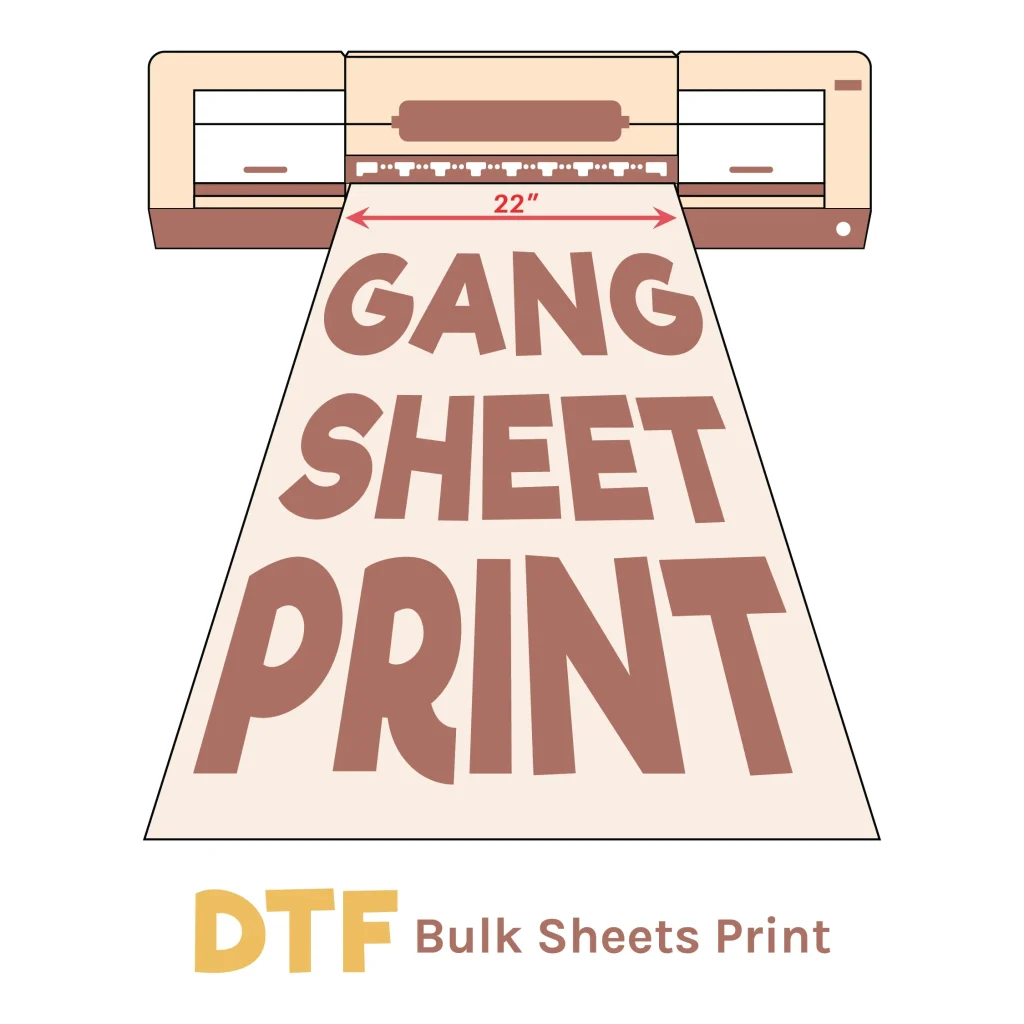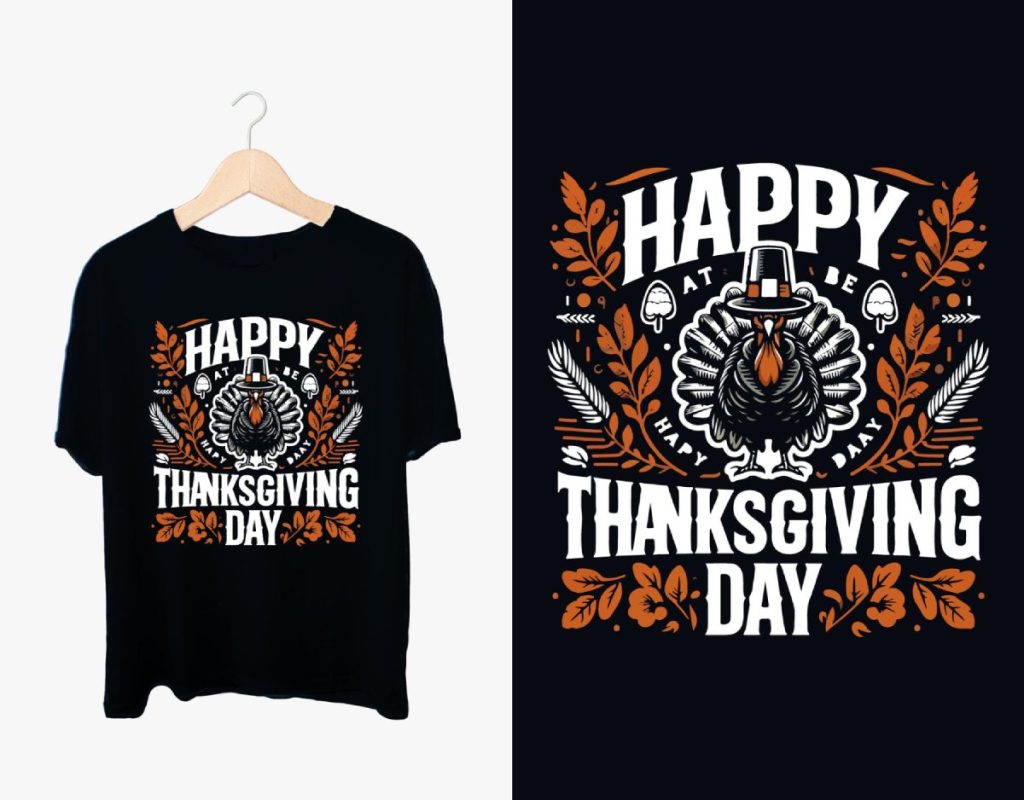In the fast-paced world of textile printing, understanding **DTF gangsheet builder techniques** has emerged as a vital skill for enhancing production efficiency and reducing costs. This guide delves into the intricacies of Direct to Film (DTF) printing, emphasizing the importance of effective gangsheet layouts, meticulous image preparation, and optimized heat press settings. For both beginners and seasoned professionals, mastering these techniques can dramatically improve print quality and workflow. By harnessing the potential of gangsheet builders, users can maximize material use and accelerate their printing processes. Join us as we explore the tools and strategies that will elevate your DTF printing capabilities to new heights.
When we refer to **DTF gangsheet building methods**, we highlight essential strategies that streamline the printing process while maximizing output quality. This comprehensive approach not only involves the practical application of image preparation but also considers effective layouts to optimize gangsheet designs. Additionally, understanding the vital nuances of heat press settings plays a crucial role in achieving outstanding results. Essentially, these printing strategies are tailored to improve overall efficiency, ensuring that every design comes to life vibrantly and accurately. Let’s take a deeper look into these advanced techniques and the impact they have on the custom printing landscape.
Mastering Image Preparation for DTF Printing
A crucial first step in DTF printing is meticulous image preparation. This involves not just creating designs, but ensuring they are print-ready by utilizing professional design software such as Adobe Photoshop or Illustrator. Proper layering techniques can significantly enhance the appearance of the final product. For instance, organizing layers can help in editing and refining designs for better clarity and vibrancy. Moreover, maintaining an eye on color management is essential; designers must ensure the colors on screen closely match the final printed output to avoid disappointing discrepancies.
File formats play a pivotal role in image preparation as well. When preparing files for DTF printing, variations in file type can impact the quality and effectiveness of the print. PNG formats are generally preferred for designs with transparent backgrounds, while TIFF files are suitable for high-detail images that benefit from lossless compression. By choosing the correct file type and adhering to the recommended resolution of at least 300 DPI, you can ensure your designs translate beautifully onto film.
Effective Gangsheet Layout Design
Designing effective gangsheet layouts is fundamental to optimizing DTF printing for productivity and cost savings. An efficient layout not only reduces wasted material but also maximizes the number of designs that can be printed on a single film sheet. Utilizing design software specifically built for DTF printing can greatly assist in this process, allowing for easy arrangement of multiple graphics while maintaining quality. By strategically positioning designs on a gangsheet, you ensure an efficient workflow that enhances turnaround times.
Additionally, spacing and dimensions are critical factors in gangsheet design. It is essential to maintain appropriate spacing between designs to prevent overlap, which can lead to blurred lines or bleeding of colors during printing. Designers should leverage guidelines provided by design software to ensure proper dimensions and spacing, allowing each design to stand out clearly and distinctly. This attention to detail not only contributes to aesthetic appeal but also streamlines the printing process.
Understanding Ink Compatibility and Selection
When diving into DTF printing, understanding ink compatibility is paramount. The type of ink selected can significantly influence the final output’s quality and durability, with various inks available for different fabric types. Ensuring that the chosen ink adheres well to the material being printed is crucial; poor adhesion can lead to peeling or fading, undermining the value of your designs. Furthermore, opting for high-quality inks promotes longevity, allowing the prints to withstand numerous washes and retain their vibrancy.
Moreover, the selection of DTF inks also affects the overall transfer process. Different inks exhibit varying properties when heated; thus, selecting the right ink type can enhance the quality of the transfer. This requires careful testing and choosing inks that not only match well with the fabric but also respond effectively to the heat press settings utilized during the transfer process. Understanding these dynamics ensures optimal results and satisfies customer expectations in the custom apparel market.
Heat Press Techniques for Successful Transfers
Heat press techniques are critical to the success of any DTF printing endeavor. Achieving the right temperature settings is essential for ensuring that the adhesive bonds properly with the fabric. Typically, a temperature range between 320°F to 350°F works best for most fabrics, but it’s crucial to refer to specific guidance according to the materials used. Implementing precise temperature controls can greatly affect the media’s fastness and the longevity of the designs.
Equally important is the control of pressure during the heat transfer process. The pressure applied during the transfer can mean the difference between a successful application and a wasted sheet. Too little pressure may result in incomplete adhesion, while excessive pressure can lead to fabric damage or displacement of the design. Properly calibrated heat press machines, combined with a thorough understanding of these settings, can significantly elevate the quality of the final product and enhance the overall production process.
Leveraging Online Tutorials for Skill Enhancement
In today’s digital age, aspiring DTF printers have an abundance of resources to choose from, with online tutorials standing out as particularly valuable. Platforms like YouTube offer countless instructional videos that walk users through the intricacies of DTF printing, from preparation to execution. These visual aids can help clarify complex concepts and improve understanding, especially for beginners struggling with technical elements like image file prep or gangsheet design. By engaging with these tutorials, users can learn at their own pace and revisit challenging topics as needed.
Apart from video tutorials, specialized blogs and community forums provide additional avenues for gaining insights and troubleshooting support. Engaging with forums dedicated to DTF printing allows individuals to exchange experiences and advice, thus fostering a supportive community that encourages continuous learning. These platforms often have seasoned professionals willing to share tips, tricks, and the latest advancements in DTF printing techniques, which can be invaluable for those looking to stay at the forefront of this dynamic niche.
Conclusion: Navigating the DTF Printing Journey
As you embark on your DTF printing journey, mastering the techniques related to DTF gangsheet building can dramatically enhance your operational efficiency. From in-depth understanding of image preparation and gangsheet layouts to mastering the heat transfer process, each component plays a vital part in ensuring high-quality outputs. The competitive landscape of custom printing demands that designers and print operators alike continuously refine their skills and adapt to industry advancements.
Embracing a culture of learning through various resources, such as online tutorials and print community forums, equips you with the knowledge necessary to excel in DTF printing. Mastering these skills not only leads to improved prints and satisfied customers but also positions your brand favorably in a bustling market. So, dive in, experiment with various techniques, and witness your DTF printing prowess flourish.
Frequently Asked Questions
What are the best practices for image preparation in DTF gangsheet builder techniques?
To achieve the best results in DTF gangsheet builder techniques, focus on proper image preparation. Use design software like Adobe Illustrator to manage layers effectively, maintain high resolution (at least 300 DPI), and select suitable file formats, such as PNG or TIFF. Proper color management is also critical to ensure accurate prints.
How can I optimize gangsheet layouts for DTF printing?
Optimizing gangsheet layouts is essential for maximizing efficiency in DTF printing. Use design software specifically for printing to arrange multiple designs in a way that reduces waste. Ensure there’s adequate spacing between each design to prevent bleeding, and utilize guidelines to keep dimensions consistent.
What types of inks should I choose for my DTF printing projects?
Choosing the right inks is crucial for successful DTF printing. Look for inks with good adhesion properties suitable for the intended fabric and prioritize durability for long-lasting prints. High-quality inks will ensure vibrant colors and enhanced longevity for your designs.
What heat press settings should I use for successful DTF transfers?
For successful DTF transfers, set your heat press to the recommended temperature for your specific inks and fabrics, usually around 320°F – 350°F. Ensure you apply even pressure during the transfer process, as appropriate pressure helps with adhesion and the overall quality of the print.
How can I learn more about DTF gangsheet builder techniques?
To enhance your knowledge of DTF gangsheet builder techniques, explore online tutorials and resources. Websites like YouTube offer visual guidance, while community forums such as r/DTFprinting provide insights from experienced printers. Engaging with these resources can help build your confidence and skill set.
What are the common challenges faced in DTF printing and how can they be overcome?
Common challenges in DTF printing include color discrepancies, inadequate adhesive bonding, and print quality issues. To overcome these, ensure proper image preparation and file formats, adjust heat press settings according to your inks, and perform regular maintenance on your printing equipment for optimal results.
| Key Point | Details |
|---|---|
| Definition of DTF Gangsheet Builder | A tool that optimizes printing multiple designs on one sheet, improving efficiency and resource utilization. |
| Importance of DTF Printing | Versatile with high quality outputs suitable for various fabric types, maximizing production efficiency. |
| Key Techniques for Mastery | Includes image preparation, gangsheet layout design, ink compatibility, and heat press techniques. |
| Image Preparation | Proficiency in design software, managing layers, colors, and resolution settings are vital. |
| Layout Design | Effective gangsheet layouts reduce waste; maintain correct spacing and dimensions to avoid print issues. |
| Ink Selection and Transfer Process | Choose compatible and durable inks; use correct heat press settings for successful transfers. |
| Additional Resources | Explore online tutorials and community forums for continuous learning and support. |
Summary
DTF gangsheet builder techniques are essential skills for anyone looking to enhance their performance in the DTF printing industry. This guide breaks down the importance of mastering image preparation, layout design, and transfer processes, which culminate in superior printing quality and efficiency. By focusing on these techniques and utilizing available resources, you can significantly improve your printing capabilities and stay competitive in the dynamic market of custom apparel and merchandise.



